#analytical chemistry
Text

permanganate is such a pretty colour💜



#my solution got yassified#chemblr#studying#studyspiration#undergraduate#stem major#chemistry#dark academia science#stem dark academia#laboratory#uni student#in the lab#student#studyblr#study motivation#studyspo#analytical chemistry#permanganate
791 notes
·
View notes
Text
Scientists at the University of Bristol have discovered why fulminating gold—the world's first known high explosive—produces a purple smoke when it detonates, solving a 400-year-old alchemy puzzle.
Fulminating gold was first discovered by alchemists in the 16th century. It is a mixture of a number of different compounds, with ammonia providing the majority of the material's explosive power.
German alchemist Sebald Schwaertzer noted the unusual purple smoke given off when fulminating gold was detonated in 1585, and the material was later studied by leading figures of chemistry in the 17th and 18th centuries, including Robert Hooke and Antoine Lavoisier.
But while the chemistry of the fulminating gold recipe has been understood for centuries, one question remained unanswered—why does its detonation produce purple smoke?
Continue Reading.
78 notes
·
View notes
Text
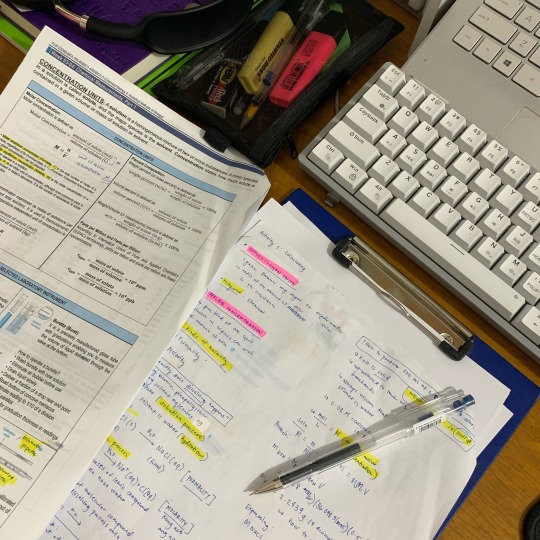

A very slow day 🫠
studying anachem makes me wanna cry, can my mum just pick me up cmao ~
#studywithme#studygram#study aesthetic#study motivation#studyblr#studying#analytical chemistry#chemistry#science#🌱#🩺#stem#notes#study notes#my notes#lab notes
14 notes
·
View notes
Text
I’m not a mad scientist, just an angry one
399 notes
·
View notes
Text

Bromocresol green (BCG) is a dye that is used in chemistry and analytical chemistry as a pH indicator in acid-base titration and in thin-layer chromatography staining solutions to visualize acidic compounds. Generally, the indicator can be prepared by dissolving BCG in an ethanol solution.
#Bromocresol Green#Bromocresol#phenolphthalein indicator#ph indicator#chemistry#analytical chemistry
5 notes
·
View notes
Text
Is there a good way to get access to a mass spectrometer as an amateur chemist? I want to synthesize e.g. aspirin and verify the purity
(I understand that this is not the same as it being safe to take if the mass spectrometer only shows peaks corresponding to the product. I'd still be curious)
9 notes
·
View notes
Text
I'm afraid to ask what's going on page 157

13 notes
·
View notes
Text

Hey, I’m a new user in Tumblr and I just have started to discover digital art, but I’d still really like to try sharing my fun stuff here.
So, this is my humanization of analytical chemistry.
Here she is:
🌟In the head and laboratory there is complete order, peace and accuracy up to seven decimal places, but this wonderful owner of the lab is trying to express herself and move away from the impeccable image of a “bore” as best she can.
🌟Steals ethanol and indicators from organic chemistry lab.
🌟Remembers absolutely all formulas for calculations by heart, good at mathematics.
🌟The only one who doesn’t mock inorganic chemistry.
🌟Gets very angry and upset if someone harshly rounds up the results of her laboratory calculations.
I see her only this way!
#chemistry#chemical reactions#analytical chemistry#artwork#art#digital art#illustration#organic chemistry#artists on tumblr
4 notes
·
View notes
Text
Role of Potency, Purity and Assay in Pharmaceuticals Analysis
Terms like Purity, potency and Assay are widely used in Analytical research and Quality control departments in Pharmaceutical Industries. Analytical Scientists and Quality control Chemists have a lot of confusion related to Purity, potency and Assay. Check out this post to know the answer to the following questions:
What is purity?
What is potency?
What is assay?
What are the differences among purity, potency and assay? Read more
#chromatography#quality control#analytical chemistry#analytical method development#analytical research#gas chromatography
2 notes
·
View notes
Text




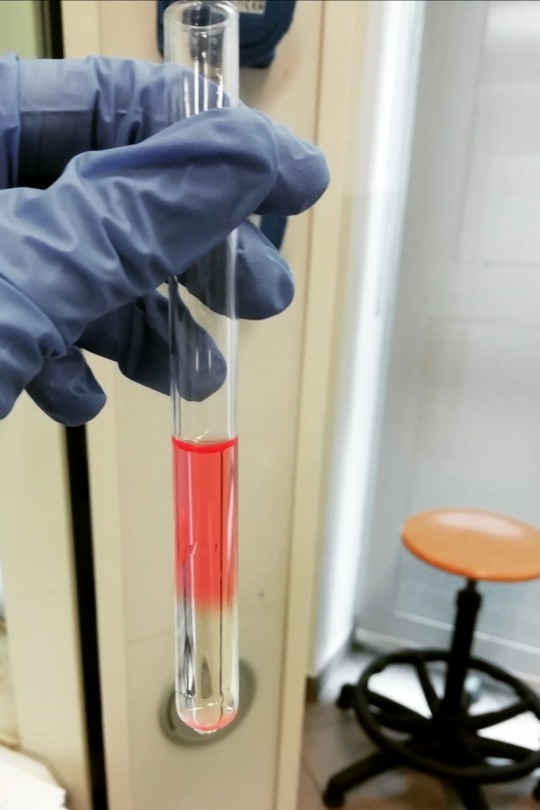

The sweetest reactions *-*
Starch iodometry
Fehling
Molisch
Lieben
Wöhlk
Tollens
19 notes
·
View notes
Text
Chemistry’s Chameleon: The Self-Repairing Marvels of Chemical Gardens
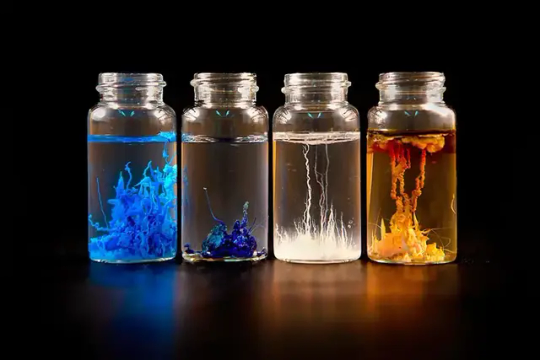
Chemists have been enamoured with the vibrantly coloured, coral-like structures that develop when combining metal salts in a tiny vial since the mid-1600s.
To date, scientists have been unable to simulate the functioning of these ostensibly straightforward tubular structures, known as chemical gardens, or the patterns and laws that control their development. Oliver Steinbock, an associate professor of chemistry and biochemistry at FSU, described it as "very interesting in a materials context." They don't develop as crystals do. A crystal grows and has lovely, pointed corners.
Chemical gardens typically develop when metal salt particles are added to a silicate solution. A semipermeable membrane that erupts upward in the solution as a result of the dissolving salt's reaction with the solution gives the structure, which resembles coral in appearance, a biological appearance.
The chemistry is associated with the development of hydrothermal vents as well as the corrosion of steel surfaces, where insoluble tubes can develop. The researchers were able to simulate a variety of distinct shape patterns, some of which resembled flowers, hair, spirals, and worms thanks to the constriction between two layers.
The designs could be made up of self-extending filaments, loose particles, or folded membranes, for instance. The self-healing properties of the material were also shown by the model, which supported observations that fresh membranes expand in response to microbreaches.
#Analytical chemistry#Applied Chemistry#Organic chemistry#Chemistry#Medicinal chemistry#Physical chemistry#In- Organic Chemistry
6 notes
·
View notes
Text


goodbye summer break, hello fall semester <3
also, I adopted kittens 🐈⬛
#chemblr#studying#studyspiration#stem major#undergraduate#chemistry#dark academia science#laboratory#stem dark academia#in the lab#uni student#organic chemistry#student#study motivation#studyblr#studyspo#analytical chemistry#ochem
630 notes
·
View notes
Photo


June 18 || On the chemist’s day in Brazil, I spent my morning recapping the procedures of GC for analysis in the next week.
🎧 I am listening to: One of the Dúnedain / "Evenstar" (feat. Isabel Bayrakdarian)
#doutorado#PhD#doutoranda#química#chemist's day#chemistry#analytical chemistry#study#estudos#chemnotes#chemistry notes#study motivation#student#student life#studyspo#lord of the rings
6 notes
·
View notes
Photo
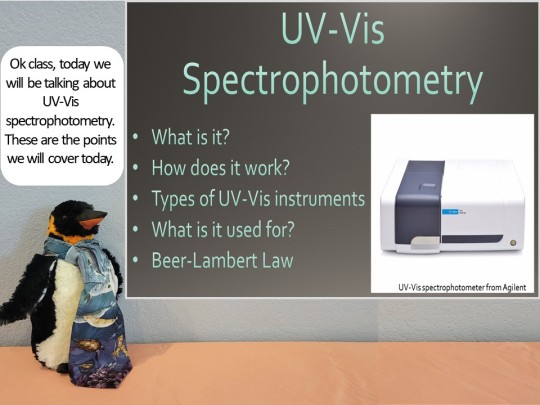








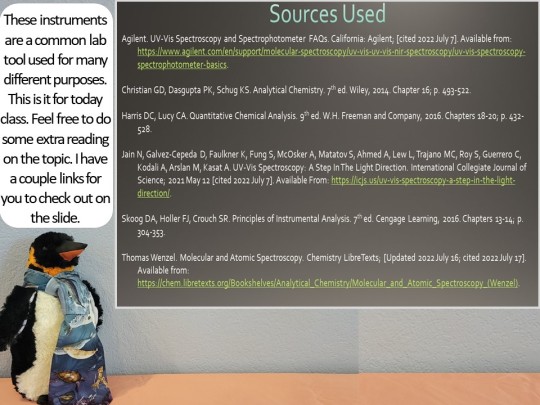
7 notes
·
View notes
Photo
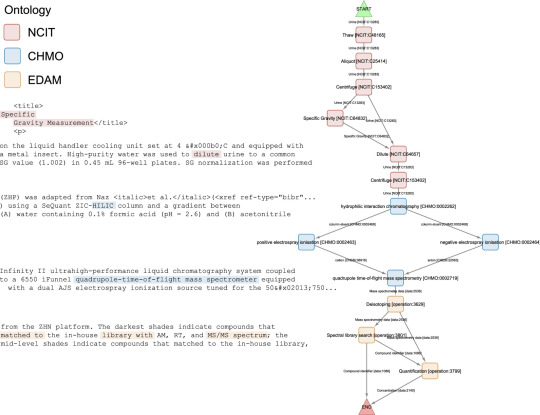
Semantic Annotation of Experimental Methods in Analytical Chemistry
Palmblad et al., Anal Chem. doi: 10.1021/acs.analchem.2c03565.
3 notes
·
View notes
Photo
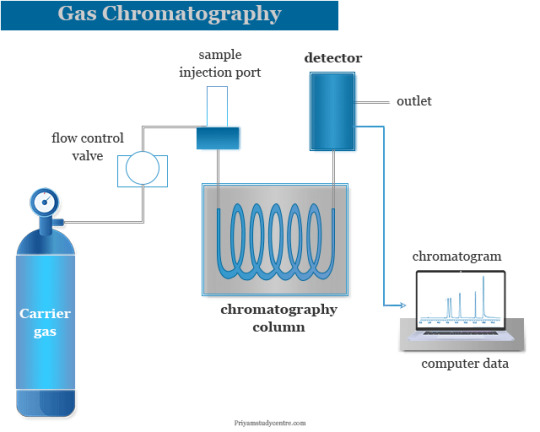
Gas chromatography (GC) in analytical chemistry is a common type of chromatography where the mobile phase is a gas and the stationary phase is separated as a vapour. The instrumentation of gas chromatography is given above picture for more about Gas chromatography
#Gas chromatography#chromatography#GC#analytical chemistry#chemistry#mobile phase#stationary phase#instrumentation
29 notes
·
View notes